10 Best Adventures of 1927
By:
March 16, 2017
Ninety years ago, the following 10 adventures — selected from my Best Twenties (1924–1933) Adventure list — were first serialized or published in book form. They’re my favorite adventures published that year.
Please let me know if I’ve missed any 1927 adventures that you particularly admire. Enjoy!
- Dashiell Hammett‘s Red Harvest (serialized 1927–1928; as a book, 1929). The Continental Op, a short, overweight, cynical private investigator employed by the Continental Detective Agency’s San Francisco office, is one of literature’s first hard-boiled detectives — the prototype for Raymond Chandler’s Philip Marlowe and Hammett’s own Sam Spade. (The character made his debut in Black Mask in 1923; Red Harvest is Hammett’s first novel.) Called to a corrupt western town — modeled on Butte, Montana — the Op agrees to help Elihu Willsson, a local industrialist, rid the city of the competing gangs who Willsson invited there in the first place. He also investigates the murder of Willsson’s son, a local newspaper publisher. The Op starts a gang war — pipe bombs, arson, gun fights, and corrupt cops galore — but he’s framed for the murder of a gangster’s moll. Even his own agency isn’t sure he’s innocent! Fun facts: André Gide called the book “a remarkable achievement, the last word in atrocity, cynicism, and horror.” Akira Kurosawa’s 1961 samurai film, Yojimbo, was probably influenced by Hammett’s novel; Kurosawa was a fan.
- S. Fowler Wright’s Radium Age sci-fi adventure Deluge. A global upheaval turns oceans into deserts, and sinks land masses everywhere — except what remains of the English midlands, which are transformed into an archipelago. Martin Webster, a former lawyer, meets Claire Arlington, an athlete (“like a valkyrie”) and one of the few women to survive the flood. The two store up food, fend off feral dogs, and battle sex-starved and flood-maddened miners, laborers, and vagabonds. A shocked Time Magazine review includes the following description of one scene: “A relic of civilized scruple holds Martin from killing a hairy giant furnaceman, because he has sprawled over the tracks and technically is down. But Claire sees the prostrate giant heave a rock, and, with no scruples, jabs him, hacks, thwacks, kills, saving Martin’s life.” Fun fact: Wright self-published Deluge some years after writing it, then sold the film rights to Hollywood — after which the US edition of the book became a bestseller.
- Muriel Jaeger’s Radium Age sci-fi adventure The Man with Six Senses. When Hilda, a beautiful young member of England’s cynical postwar generation, meets Michael, a hapless mutant capable of perceiving the molecular composition of objects and the ever-shifting patterns of electromagnetic fields, she becomes his apostle. However, her efforts to convince others of the prodigy’s unique importance end disastrously; and Michael himself is slowly destroyed — mentally and physically — by his uncanny gift. In the end, Hilda must decide whether she is willing and able to make a supreme sacrifice for the sake of humankind’s future. Fun fact: This early and brilliant effort to export the topic of extra-sensory perception out of folklore and occult romances and import it into science fiction was published by Leonard and Virginia Woolf’s Hogarth Press. Reissued by HiLoBooks, with an Introduction by Mark Kingwell.
- Dorothy L. Sayers’s Lord Peter Wimsey adventure Unnatural Death. The third Lord Peter Wimsey novel is enjoyable, but it delves into homosexuality and racism in a way that does not do credit to Sayers. Wimsey begins to pry into the affair of a wealthy old woman whose death seems suspicious to her doctor — though to no one else. The victim is a lesbian — though this isn’t stated explicitly. (She and her life partner “set up housekeeping” together; one character remarks, tolerantly, “The Lord makes a few on ’em that way to suit ‘Is own purposes, I suppose.”) The victim’s great-niece is also sexually unattracted to men; alas, her mannish behavior makes her a suspect. The other suspect, the Reverend Hallelujah Dawson, is a half-Trinidadian great-nephew of the murder victim’s; alas, Wimsey allows Dawson to be treated abominably. In the end, there are to additional murders; should Wimsey have just stayed out of it? Fun fact: Considered one of the weaker Wimsey adventures by some readers; others love it. It’s also been described as “an exploration of the modern woman’s options — some of which the author apparently finds unsettling.”
- H.P. Lovecraft’s Radium Age sci-fi adventure The Color Out of Space. The narrator of this (long) short story, considered one of Lovecraft’s best, interviews Pierce, a madman who lives in the wild hills west of Arkham, Massachusetts, regarding the origins of the area’s so-called “blasted heath.” It turns out that a meteorite had crashed in fertile farmland, years earlier, shedding globules of an impossible color. Crops began to grow large (and slightly luminous) but inedible; farm animals began to exhibit deformities; people went insane or died. Discovering that a neighbor’s wife was infected by the color out of space, Pierce put her out of her misery; but discovered that the alien creature — whose motives are unknowable — is now living in the well! Fun fact: Lovecraft made a study of colors outside of the visible spectrum because he was determined to conjure up an alien life-form whose nature would be entirely foreign to human experience.
- Leslie Barringer’s Neustrian Cycle fantasy adventure, Gerfalcon. Neustria was a 6th and 7th-century kingdom comprising the north of present-day France; it split apart circa 750. Barringer’s novel imagines an alternate medieval France where Neustria still thrives. Raoul, the introspective, poetic heir to the barony of peaceful Marckmont, is being raised by his uncle, in bleak Ger. After he falls in love with the beautiful lady Yseult de Olencourt, Raoul runs away from home until he comes of age. (Was Lloyd Alexander’s Taran Wanderer inspired by this story, one wonders?) Raoul gets to know the lowborn folk of Neustria — including a brave serving girl, a warrior woman with flame-red hair, three deadly outlaws, and a few witches — each of whom has some wisdom to impart. Forced into action, he frequently surprises himself. Peace has a price, Raoul discovers; and one’s own heart’s desires are not to be trusted. Fun facts: This is the first installment in the Neustrian Cycle. The other installments are Joris of the Rock (1928) and Shy Leopardess (1948). In the 1960s–70s, the trilogy was championed by Lin Carter, among other fans.
- Clare Winger Harris’s Radium Age sci-fi adventure “The Fate of the Poseidonia” (serialized 1927). One evening at Austin College, a scholarly named George encounters a skullcap-wearing newcomer, Martell, at an astronomical lecture. The lecture concerns the theory that Mars is a dying planet, because its water supply has dried up; afterwards, Martell demands to know what the lecturer believes the Martians — if there are any Martians — ought to do. Whatever it takes to survive, the lecturer responds. Because Margaret, the woman he loves, has begun spending time with Martell, George sneaks into Martell’s apartment, where he discovers an apparatus that allows you to see anyone, anywhere, any time. Not long after this, a passenger ship — the Poseidonia — vanishes, along with a massive quantity of seawater. George uses Martell’s apparatus and contacts Margaret… on Mars. She has been kidnapped by Martell, who — it turns out — was a Martian invader! Fun fact: Harris was the first female author to publish in science fiction pulps under her own name, rather than a male pseudonym.
- Franklin W. Dixon’s Hardy Boys adventure The Tower Treasure. A red-haired menace to navigation steals a jalopy from Chet Morton, a friend of Frank and Joe Hardy. He also attempts a ferryboat ticket office robbery. Soon after, it is reported that forty thousand dollars in securities and jewels have been stolen from the Tower Mansion owned by siblings Hurd and Adelia Applegate. Is the Tower’s caretaker — who recently managed to pay off a debt, somehow — the guilty party? The Hardy Boys don’t think so, because the caretaker’s son is their pal, Perry. Their father, detective Fenton Hardy, takes them along when he heads to New York to follow a lead. A career criminal named Jackleg, injured in a railroad accident, confesses on his deathbed that he stole the loot — while wearing a red wig — and hid it “in the old tower.” Can the Hardy Boys find the missing treasure and clear their friend’s father of wrongdoing? Fun facts: This is the first of the original Hardy Boys adventures. Franklin W. Dixon is the pen name used by a variety of different authors (Leslie McFarlane, a Canadian author, being the first) who wrote The Hardy Boys novels for the Stratemeyer Syndicate.
- John Buchan’s historical/supernatural adventure Witch Wood. A powerfully atmospheric novel — told largely in dialect — set in 17th-century Scotland. The country is in a state of turmoil, after King Charles I and the Archbishop of Canterbury have attempted to impose a new liturgy on the Scots; the Presbyterians are in revolt. David Sempill, a newly ordained moderate Presbyterian minister, arrives in the parish of Woodilee in the Scottish Borders. When he discovers that some of his church elders are worshiping nature, he finds himself caught between loyalty to his own Kirk and the de facto government of the King. He must combat the witchcraft cult, and the superstitions of his parishioners, while protecting them against the corrupt forces of religiosity. Sempill finds an unlikely ally in a young noblewoman, Katrina, who is a symbol of religious grace over against a church more interested in political power. But will he be excommunicated? Fun fact: Buchan claimed that Witch Wood, rather than one of his popular Richard Hannay adventures, was his own favorite among his novels. It was a favorite of C.S. Lewis’s, too.
- H.M. Tomlinson’s sea-going/hunted-man adventure Gallions Reach. A modernist, stream of consciousness, Conrad-like yarn about Jim Colet, a clerk who quarrels with his employer (in a London shipping office), and accidentally kills the brute. He intends to give himself up, but finds himself fleeing England by ship; Gallions Reach, by the way, is a stretch of the River Thames between Woolwich and Thamesmead. When his ship, the Altair, is lost in a storm, Colet is taken aboard a larger liner; there he meets an explorer prospecting for tin in Malaysia, and joins his company. Once in the Malaysia jungle, he befriends an elderly anthropologist. Slowly, Colet gathers the courage to return home. Though the plot is thin, the language is brilliant — even intoxicating. “Playing with words!” suggested the Altair’s captain, at one point, “taking soundings with words, and finding no bottom?” Fun fact: Tomlinson’s first work of nonfiction, The Sea and the Jungle (1912), is now a classic travel book. Although he achieved success with Gallion’s Reach, he remains best known for his travel writing.
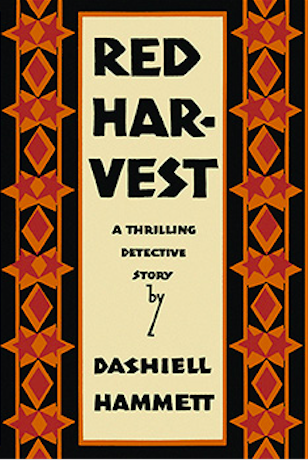
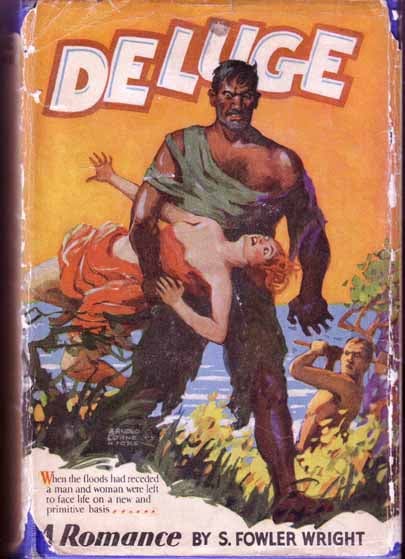
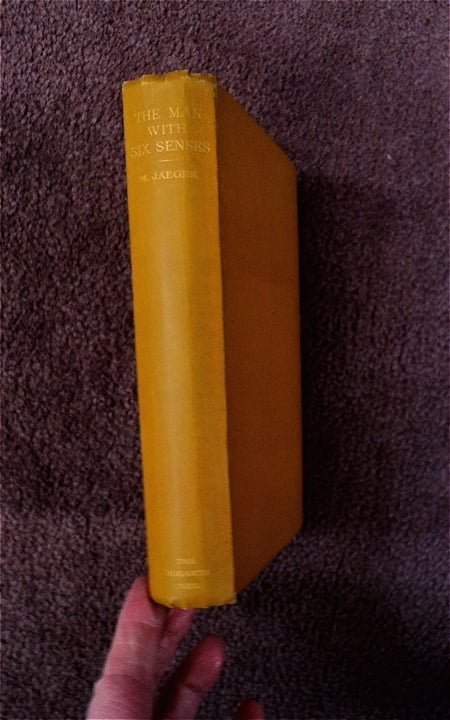
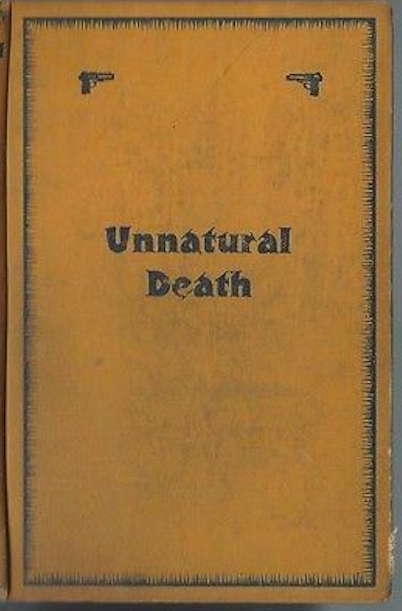
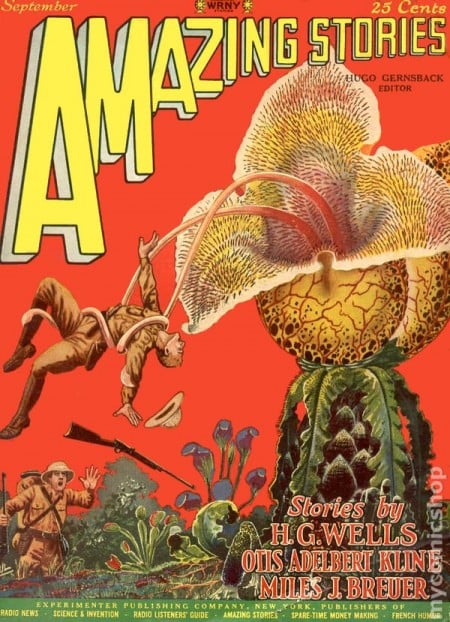
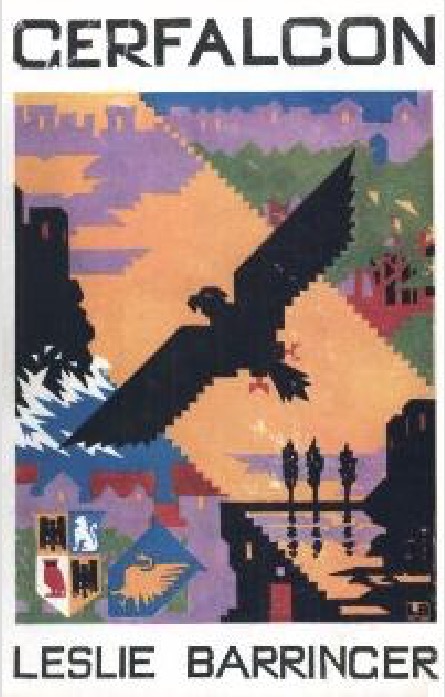
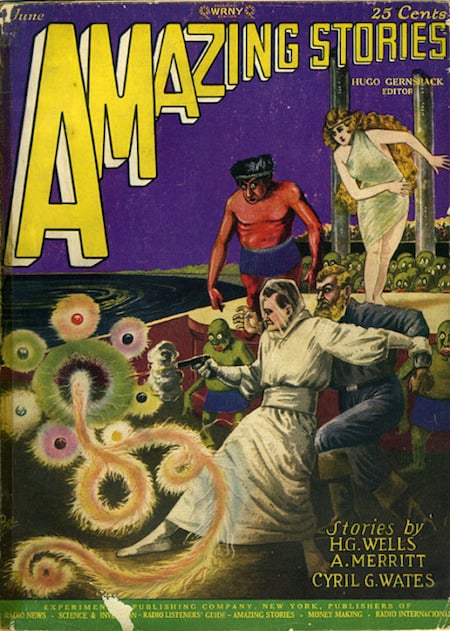
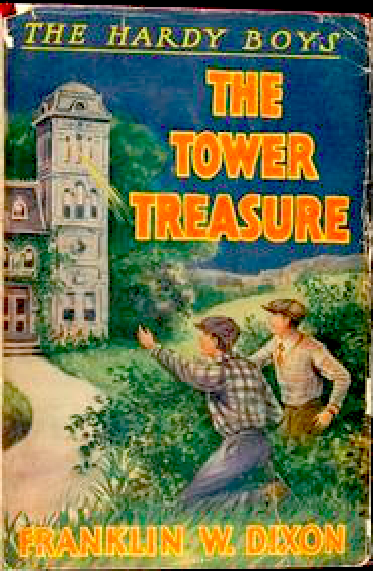
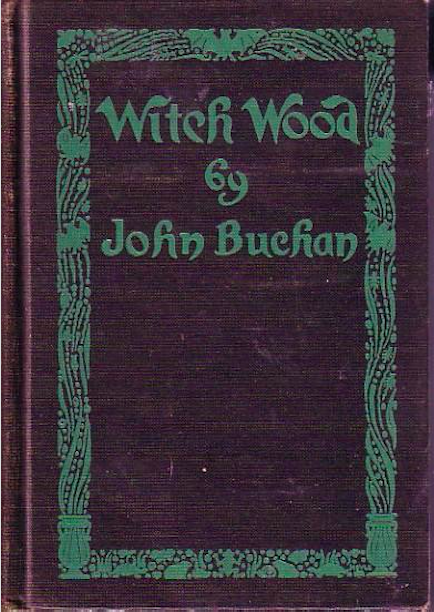
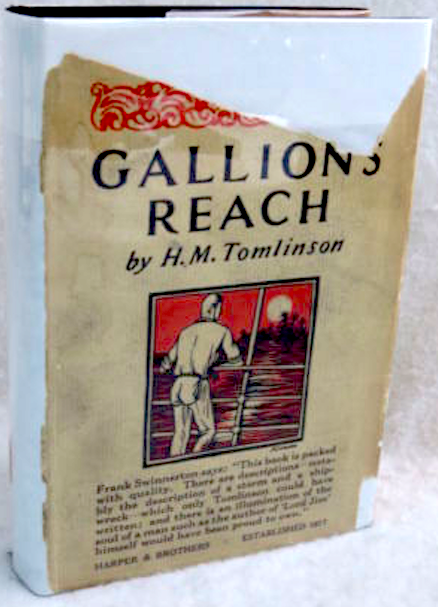
JOSH GLENN’S *BEST ADVENTURES* LISTS: BEST 250 ADVENTURES OF THE 20TH CENTURY | 100 BEST OUGHTS ADVENTURES | 100 BEST RADIUM AGE (PROTO-)SCI-FI ADVENTURES | 100 BEST TEENS ADVENTURES | 100 BEST TWENTIES ADVENTURES | 100 BEST THIRTIES ADVENTURES | 75 BEST GOLDEN AGE SCI-FI ADVENTURES | 100 BEST FORTIES ADVENTURES | 100 BEST FIFTIES ADVENTURES | 100 BEST SIXTIES ADVENTURES | 75 BEST NEW WAVE SCI FI ADVENTURES | 100 BEST SEVENTIES ADVENTURES | 100 BEST EIGHTIES ADVENTURES | 75 BEST DIAMOND AGE SCI-FI ADVENTURES | 100 BEST NINETIES ADVENTURES (in progress) | 1994 | 1995 | 1996 | 1997 | 1998 | 1999 | 2000 | 2001 | 2002 | 2003 | NOTES ON 21st-CENTURY ADVENTURES.
